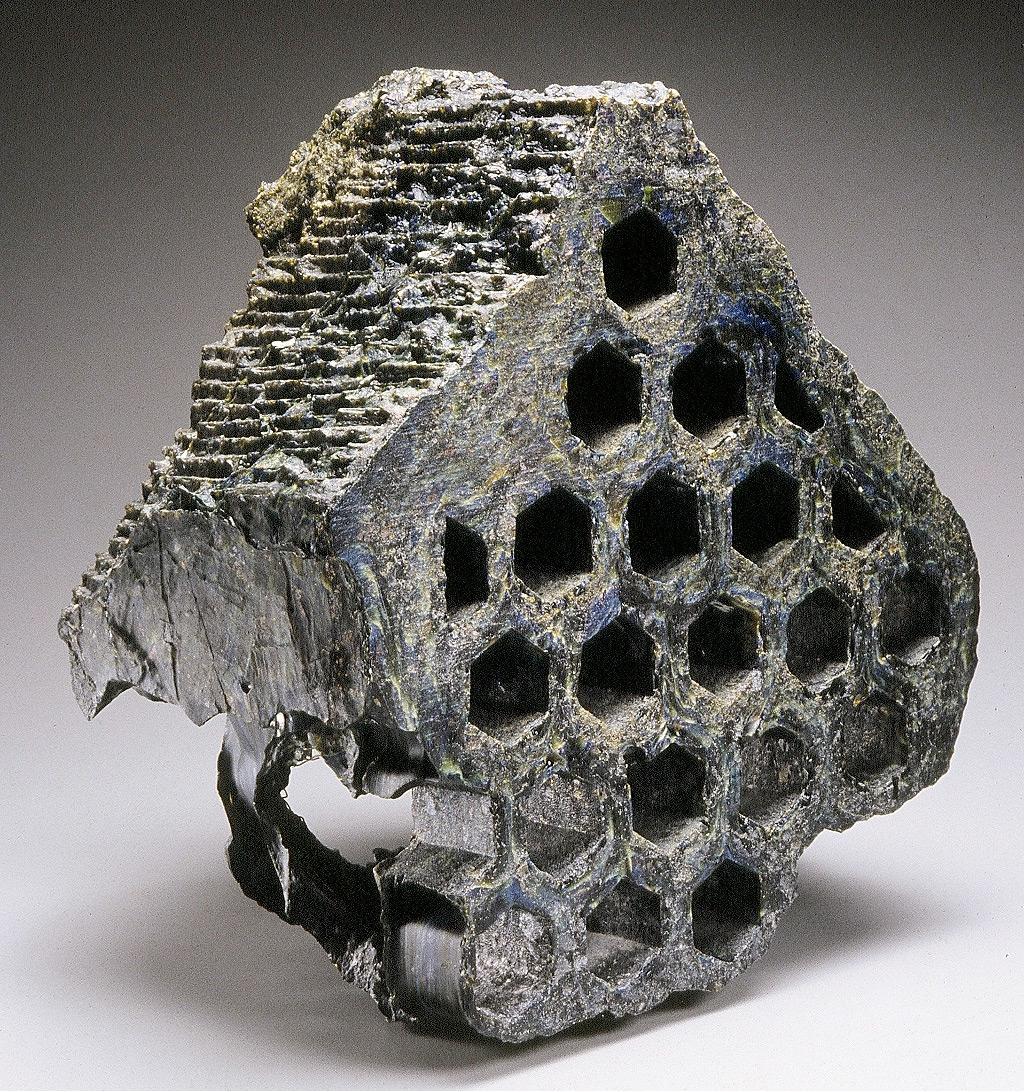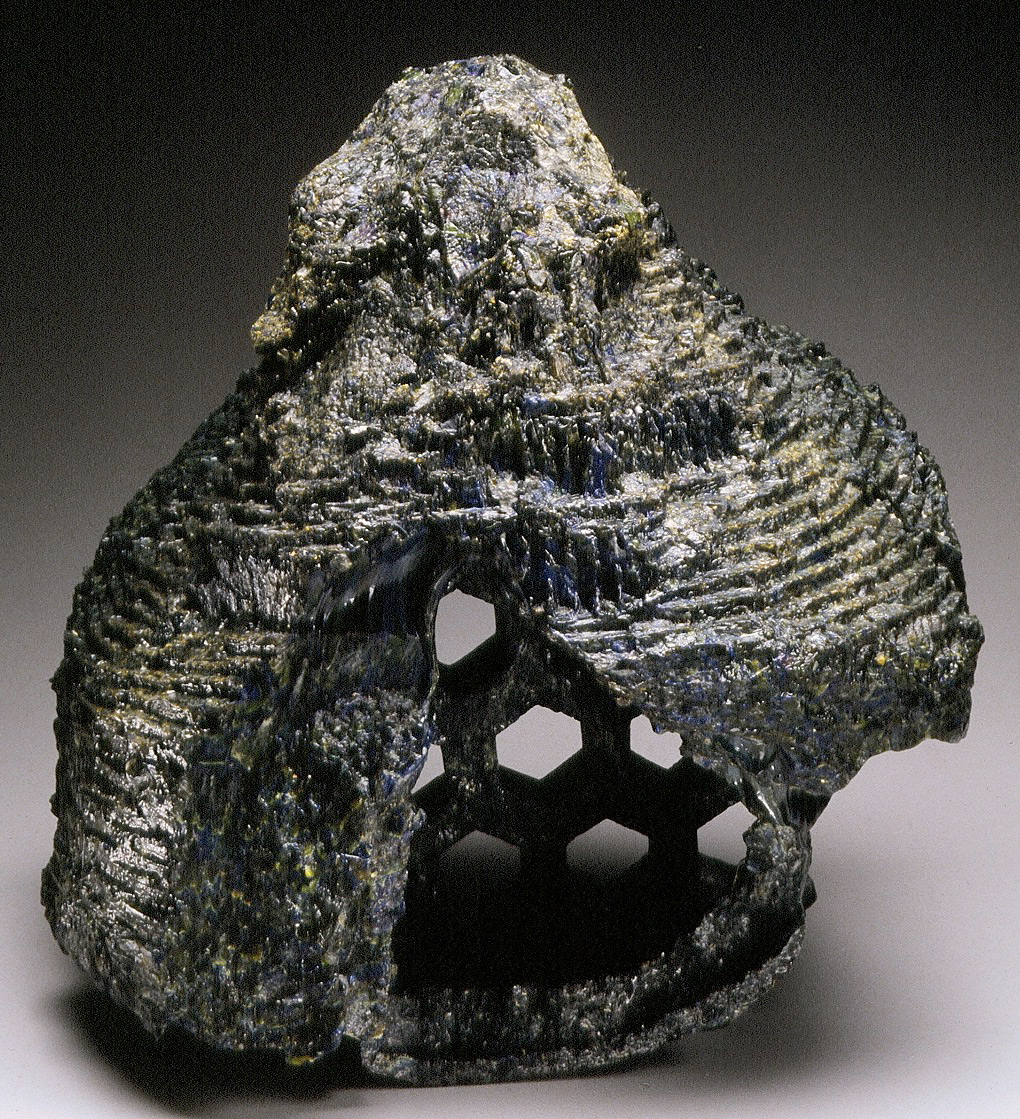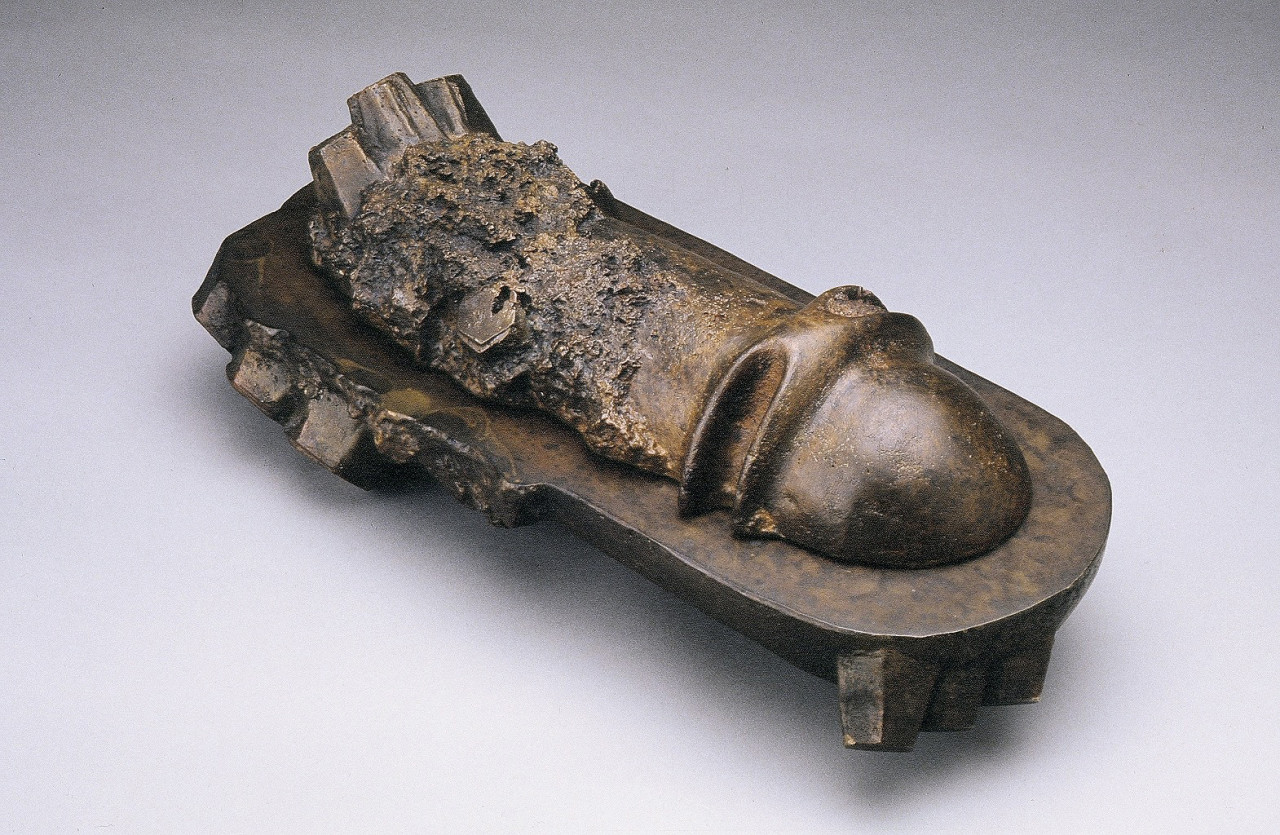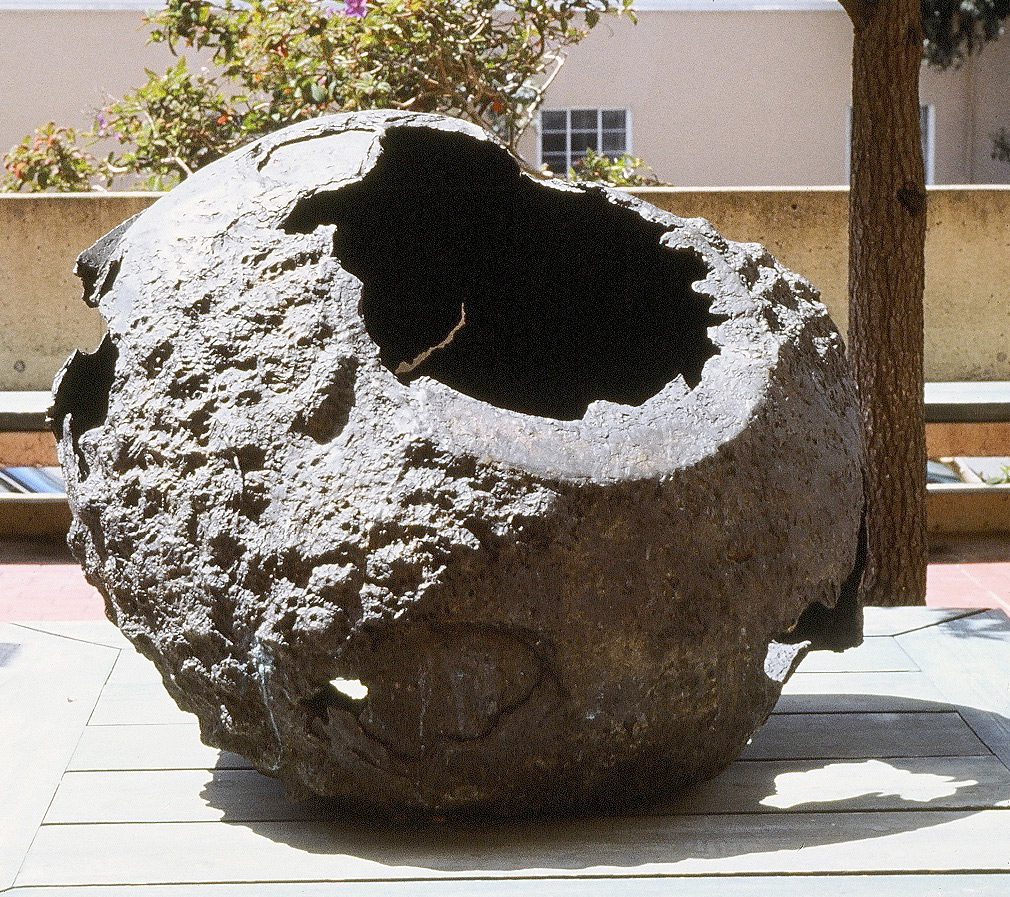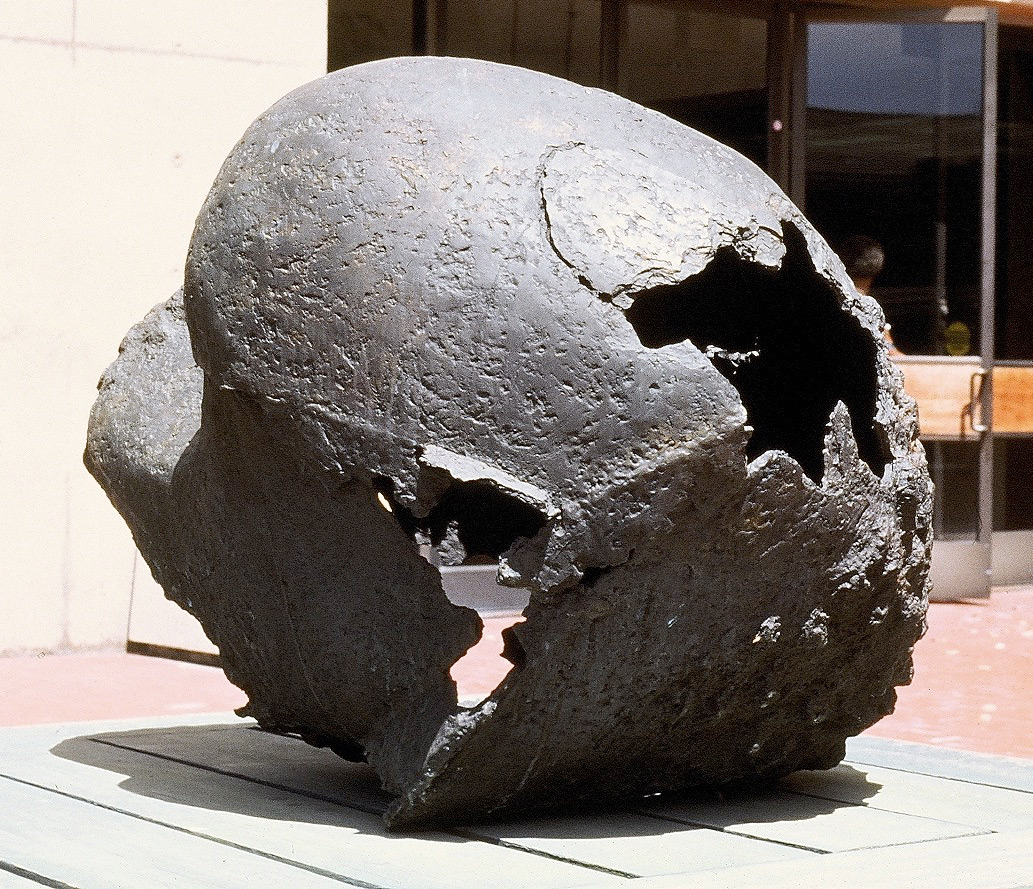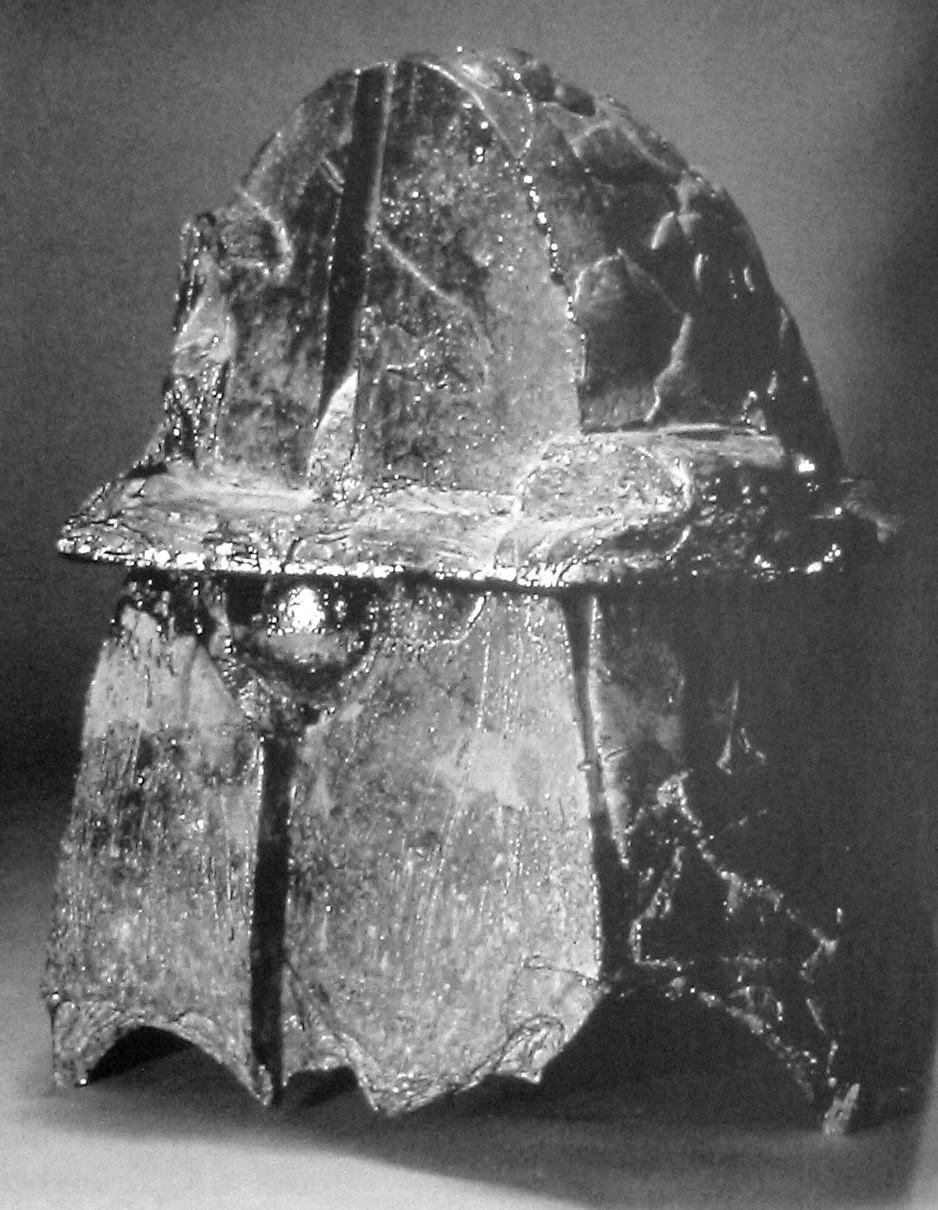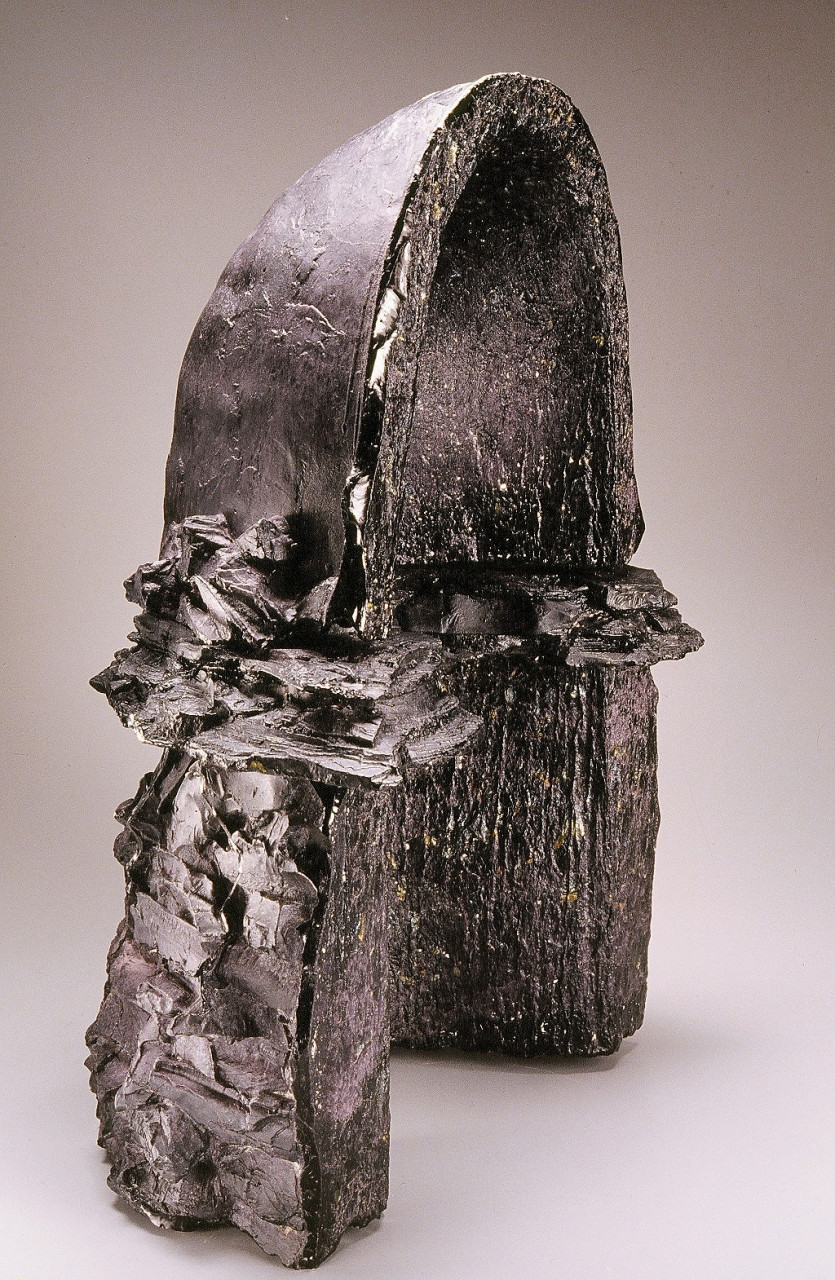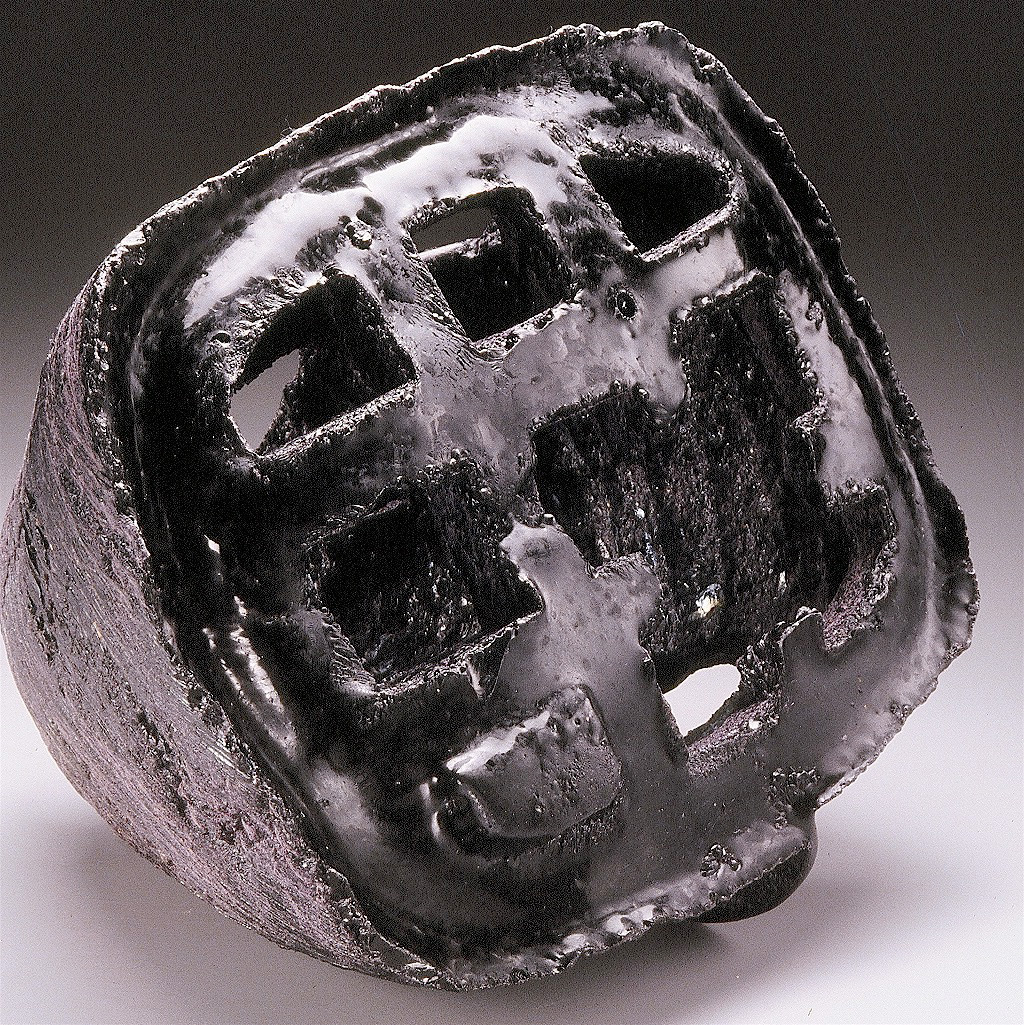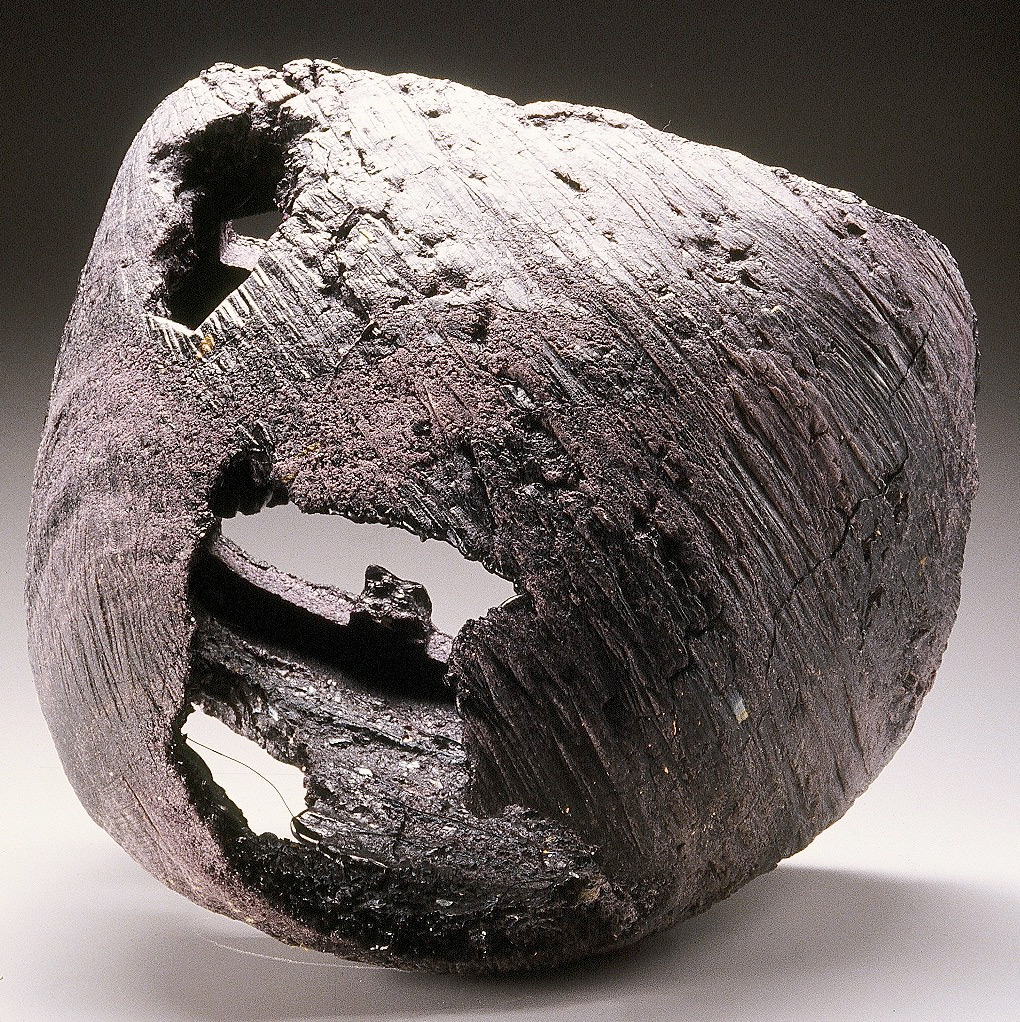The Miranda Series
The Forms: The forms reference their creation; a process of layering, crystallization, aging, wearing away and they contain evidence of an intended utility. An unknown function. These objects impenitently occupy physical space, have obvious mass and create their own context. I see them as objects that are here and now and serve to recall that which is absent or has been forgotten. They seem strangely familiar.
I seek forms that don’t seem to have been made yet are so oddly shaped, so clearly intended for some purpose, that they can only exist as the expression of an idea.
The Process: The cast glass and bronze, formed slowly, under tremendous heat (in much the same way that our planet was formed) produces surprisingly integrated objects. Surface, image and form are created simultaneously. These objects allow the viewers to bring their personal experiences to the work. This potential for involvement gives the objects a sense of believability.
I try to keep my role as one who participates in the process, rather than one who controls it. I’m less interested in making things than I am in helping things happen.
The Material: I respond to glass as a material because of its ability to record its own history. Regardless of the tortures you subject this material to, it maintains an integrity, evidence of what it was and where it has been. It is as timeless as the earth itself, and capable of preserving the same kind of precise geological memory.
At first glance one might think, “This doesn’t look like glass”. An understandable reaction when you consider the history of glassmaking. The work doesn’t look the way we expect glass to look. When I view the work without expectations, as I would any completely new object, I realize that it looks exactly like glass, it is glass… But it is glass showing me a new way it can be… Learning from my work is the best reason I can think of for making art.
The Title: This series of work is named after Miranda, the fourth moon of the planet Uranus. Recently discovered by the Voyager II spacecraft, Miranda has been called the strangest object in our solar system. It seems to have been shattered by some cataclysmic event, its remains then re-grouping themselves to form the only irregular, non-spherical moon yet discovered. It is also unique as the only black heavenly body. Its composition of water and carbon combine to form a surface of black ice.
